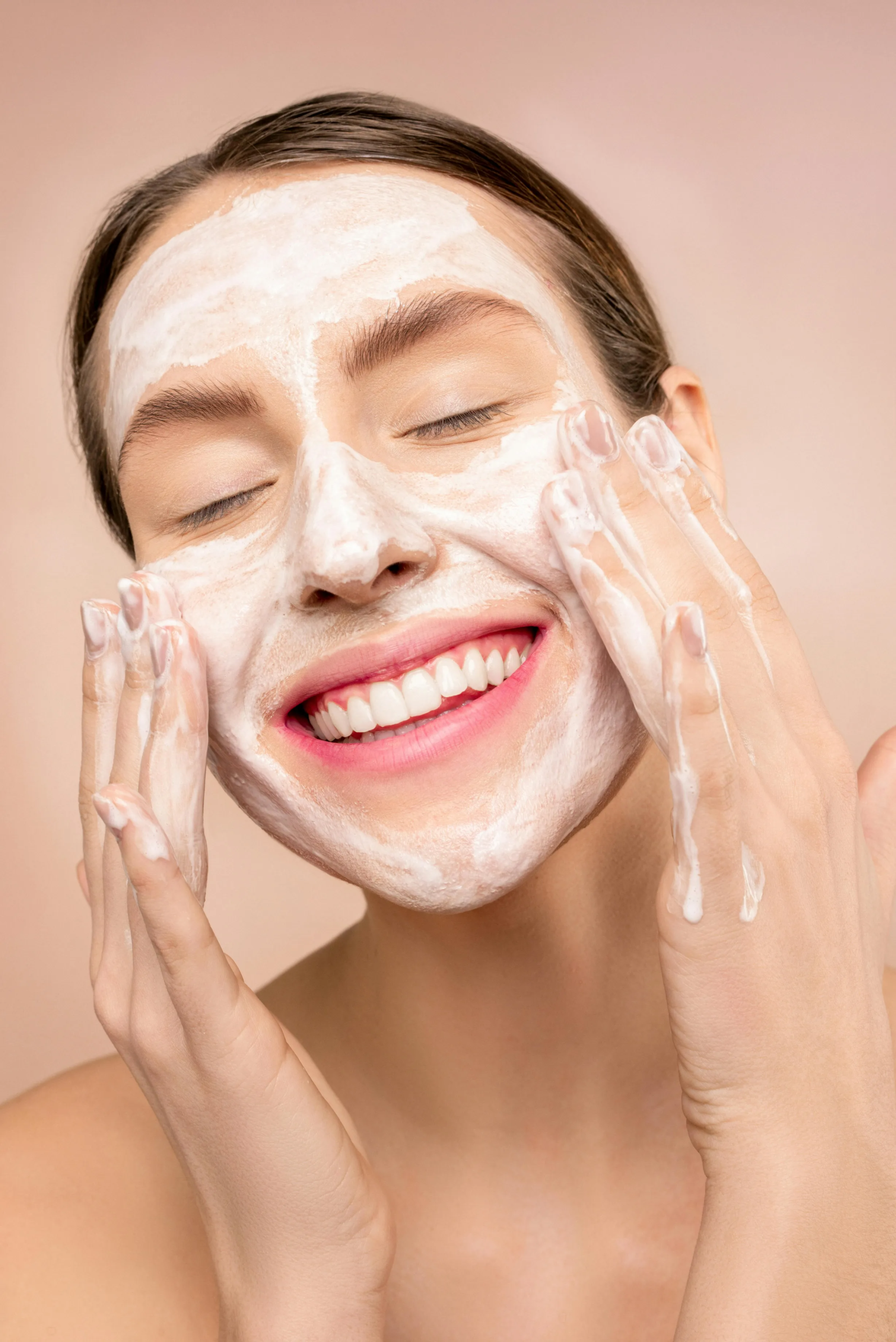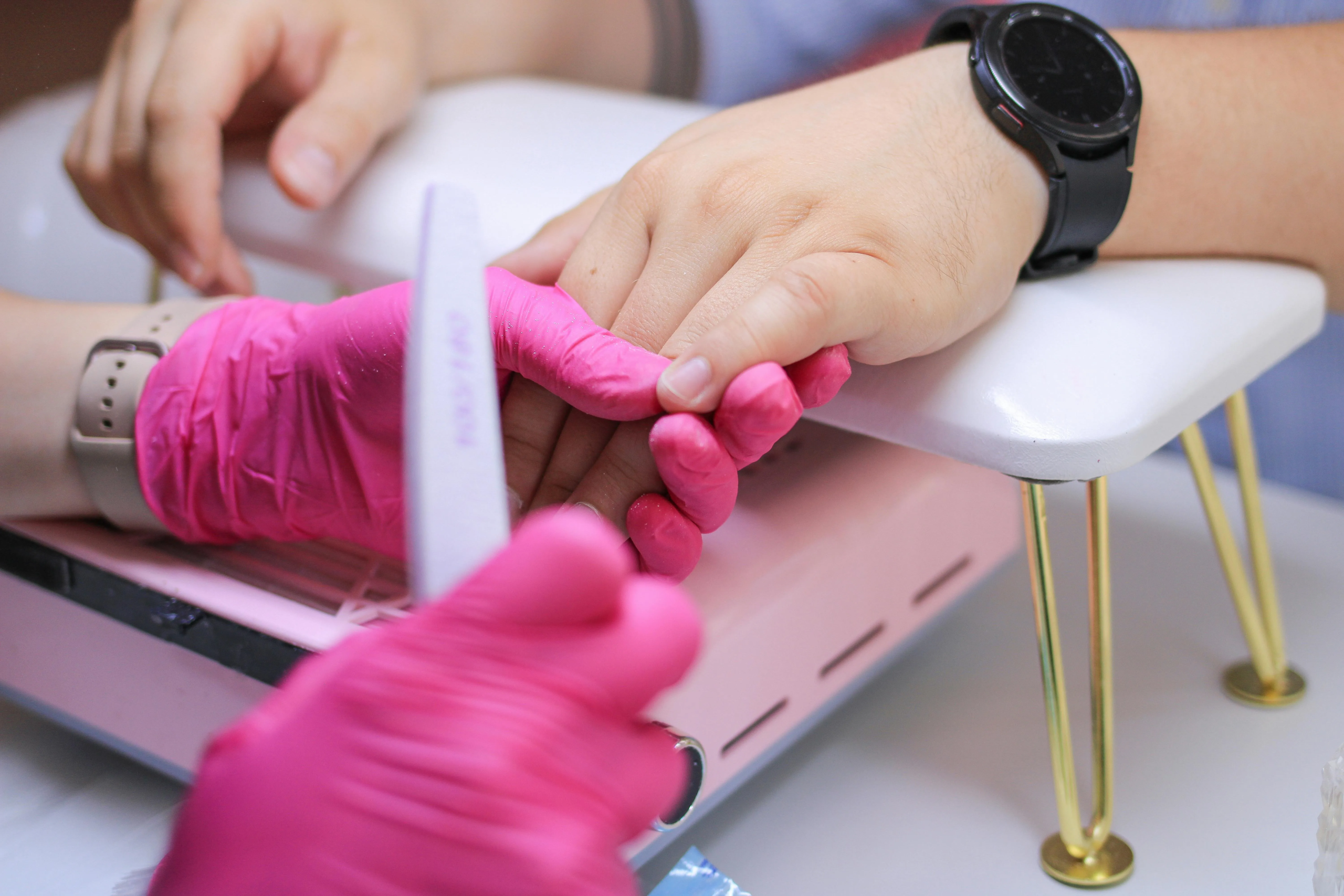Washing your face seems simple but doing it incorrectly can lead to dryness, breakouts, and premature aging. Dermatologists often say that how you cleanse is just as important as the products you use.
The right face-washing routine not only removes dirt and oil but also prepares your skin to absorb moisturizers and treatments more effectively.
Whether you have oily, dry, or sensitive skin, learning how to properly wash your face can make a big difference in your overall skincare results.
Why Proper Face Washing Matters
Throughout the day, your skin collects sweat, dirt, excess oil, and environmental pollutants. If not removed properly, these can clog pores and cause acne or irritation. Proper cleansing helps to:
- Remove impurities and makeup.
- Maintain a balanced oil level.
- Prevent blackheads and breakouts.
- Keep skin hydrated and youthful.
- Maximize the benefits of serums and moisturizers.
Step-by-Step Guide: How to Properly Wash Your Face
Step 1: Wash your hands first
Dirty hands transfer bacteria to your skin. Always start clean.
Step 2: Wet your face with lukewarm water
Avoid hot water—it strips natural oils. Cold water may not cleanse effectively.
Step 3: Apply a gentle cleanser
Use a cleanser suitable for your skin type. A pea-sized amount is enough.
Step 4: Massage gently
Rub in circular motions for 30–60 seconds, focusing on the T-zone (forehead, nose, chin) where oil builds up most.
Step 5: Rinse thoroughly
Use lukewarm water until all cleanser is removed.
Step 6: Pat dry with a clean towel
Never rub your skin—patting prevents irritation and fine lines.
Step 7: Moisturize immediately
Apply moisturizer or serum within 2–3 minutes to lock in hydration.
How Often Should You Wash Your Face?
- Oily/Acne-Prone Skin: Twice daily (morning + night).
- Dry/Sensitive Skin: Once at night is enough; rinse with water in the morning.
- Combination Skin: Twice daily with a gentle, balancing cleanser.
Choosing the Right Cleanser
- For oily skin: Gel or foaming cleansers with salicylic acid.
- For dry skin: Creamy or hydrating cleansers with glycerin or hyaluronic acid.
- For sensitive skin: Fragrance-free, soothing cleansers with aloe or chamomile.
- For combination skin: A mild foaming cleanser.
Common Mistakes to Avoid
- Using bar soap or harsh cleansers not made for facial skin.
- Washing too often (more than 2–3 times a day).
- Rubbing skin aggressively with towels.
- Forgetting to remove makeup before cleansing.
- Using dirty towels or sponges repeatedly.
Pro Tips for Best Results
- Double cleanse at night if you wear heavy makeup or sunscreen: use an oil-based cleanser first, then a water-based one.
- Change pillowcases frequently to avoid bacteria buildup.
- Exfoliate 2–3 times per week to prevent dead skin buildup (but don’t overdo it).
- Adjust your cleansing routine with the season: hydrating cleansers in winter, lighter formulas in summer.
Final Thoughts
Knowing how to properly wash your face can be the foundation of healthier, glowing skin. The process is simple, but the technique and choice of cleanser matter greatly.
By using the right products for your skin type and avoiding common mistakes, you can prevent breakouts, dryness, and early aging leaving your skin refreshed and radiant every day.




